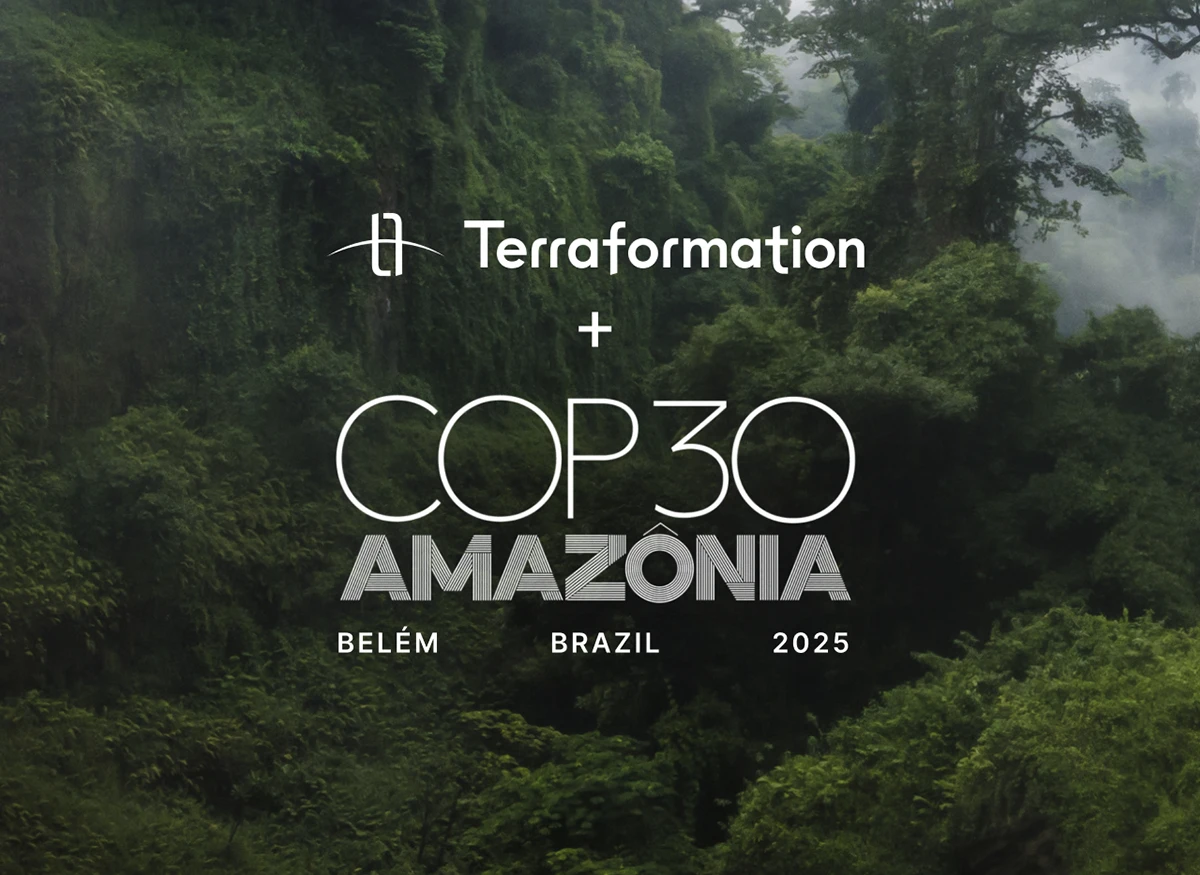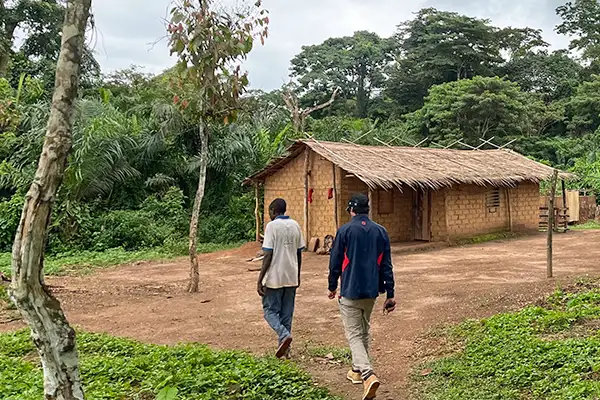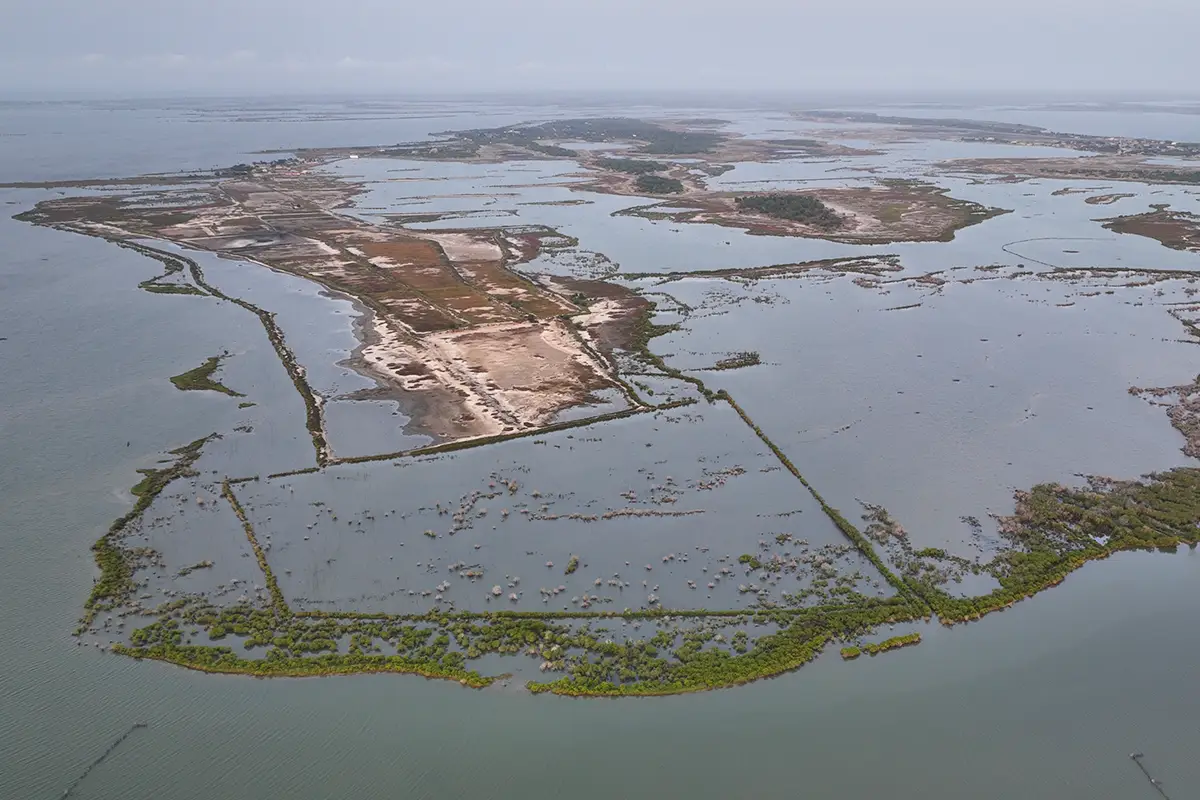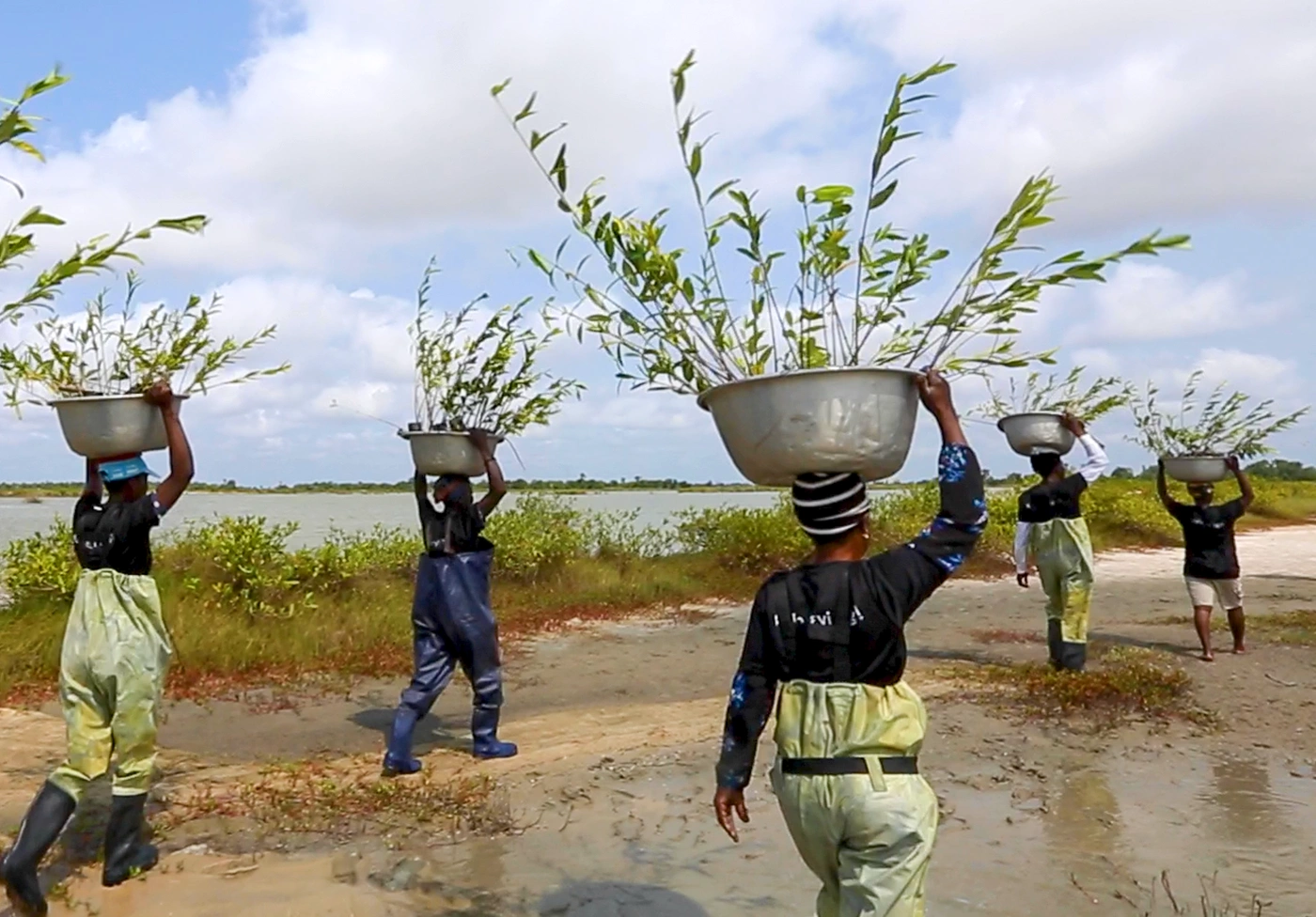Humans for Abundance: Scaling Restoration in the Ecuadorian Amazon Rainforest

Our newest partnership with Humans for Abundance brings scalable forestry tools to the Indigenous Kichwa community in the Ecuadorian Amazon. In this women-led project, the community is using Terraformation’s seed bank and nursery designs, and joining our forest tracking software platform, to document and accelerate their restoration work.
Restoring 100 hectares of native forest in the Ecuadorian Amazon
The Ecuadorian Amazon is one of the most carbon-rich ecosystems on the planet. Restoring forests across the country could eventually sequester nearly 1 billion metric tons of CO2.
The country is also a global biodiversity hotspot, with more bird species per square kilometer than any country on Earth, making it a high-priority hub for restoration work.
The Mushullakta are an Indigenous Kichwa community native to the mountainous jungles of Ecuador’s Napo province. Located east of the Andes, the Pastaza and Napo provinces are some of the most biodiverse regions of the world. These provinces are home to hundreds of animals, including monkeys, snakes, and jaguars, as well as old-growth forests, which are quickly vanishing due to the rise of extractive industries. Pastaza, particularly, is greatly impacted by the mining and oil industries, and many of the region’s forests have been cleared for monocrop plantations.
Since 2019, Humans for Abundance has supported communities in restoring the native ecosystem while creating sustainable livelihoods. The Ecuadorian social enterprise facilitates a direct connection between the Mushullakta and individuals interested in funding restoration.
Terraformation is providing forestry tools to scale these existing efforts.
“The technical side of restoration that Terraformation is providing to this project is really exciting,” Chochi Iturralde, co-founder and director of Humans for Abundance, said. “We’re bringing the tools and tech to these communities who haven’t had access to this, historically, and it really expands the possibilities for restoration.”
From seed bank to software, creating infrastructure to scale restoration
In the fall of 2021, Terraformation, along with Humans for Abundance, worked together with local builders to outfit a recycled 1980s shipping container into a seed bank, as well as a new nursery suitable to their remote location, using locally sourced materials and supplies.
Omar Tello, a local restorationist and Humans for Abundance affiliate, will manage the bank. Tello has previously independently restored seven hectares of land in the region. Humans for Abundance and Terraformation will train the Mushullakta restorers in managing the nursery. The community will bring its ancestral knowledge about native species and their functions inside the ecosystem to complement this nursery training. The community has set aside a 300-hectare forest reserve to serve as the primary seed collection spot to supply the bank.
%2520(1).webp)
The initial phase of the project also includes the construction of a nursery, complete with a rounded roof design to promote sustainable use of the Amazon’s heavy rainfall. Rainfall is channeled from the roof to two nearby fish ponds, where fish are bred and water is fertilized to reuse in the nursery. This nursery is representative of the project’s permaculture ethos, where everything is circular and nothing is wasted.
Mushullakta restorationists will use Terraformation’s software to track existing old-growth trees to ensure their preservation, as well as to measure the progress of new trees being planted.
Community-focused training
Minga is a Kichua word that refers to community work. “In the Indigenous communities, they do everything together, so the minga concept is really important,” Iturralde explained. “Community involvement is integral to this project.”
The first phase of Terraformation’s partnership with Humans for Abundance will focus on building restoration capacity by providing tools and training to 13 Mushullakta families, but that is only the beginning. With women in leadership roles — managing the nursery, collecting seeds, and helping to oversee the plantings — this project aims to engage and provide opportunities to all members of the community.
As Iturralde noted, the Terraformation and Humans for Abundance collaboration not only has the potential to serve as a model for projects both in and outside of the Amazon, but importantly, shows the interconnectedness of successful restoration efforts. “The context of this project is not just forest restoration,” she said. “It’s social, cultural, and environmental restoration.”
-
Methods:
Restoring forests across Ecuador could eventually sequester nearly 1 billion metric tons of CO2. This number is calculated using data from studies by Bastin et al., 2019 and Pan et al., 2011.
















